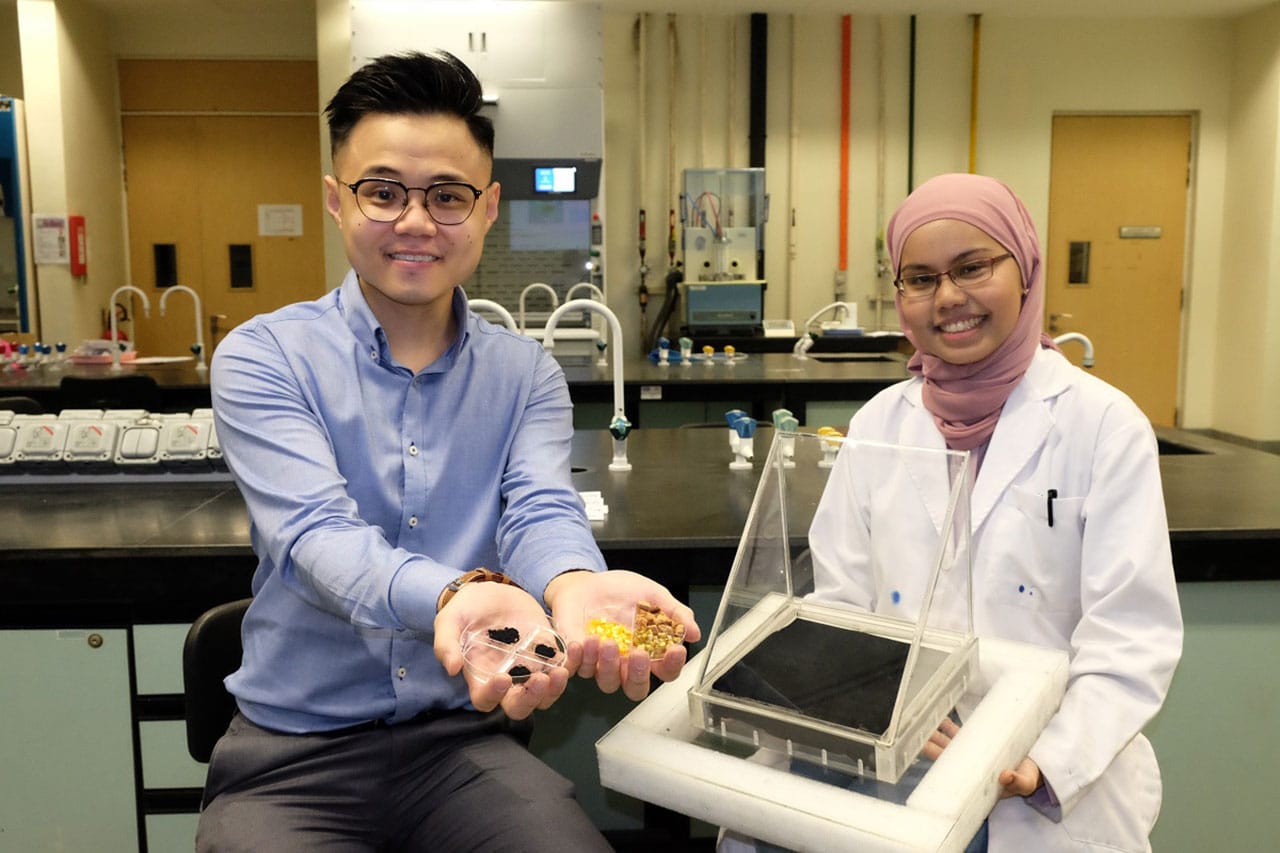German scientists have successfully conducted a revolutionary nuclear fusion experiment, using the largest nuclear fusion reactor, the Wendelstein 7-X (W7X) stellarator.
They have managed to successfully produce and sustain hydrogen plasma for the first time, which is the main step on the path of constructing workable nuclear fusion.
Why is this so significant?
As we all know, at present, nuclear power plants generate electricity by nuclear fission reaction, but the process generates long-lived radioactive waste.
However, controlled nuclear fusion, in which the process that powers the sun is replicated, has the capacity to change the world by providing a clean, safe, and near-limitless source of energy with no radioactive waste or other unwanted byproducts.
Scientists have been working to get energy from nuclear fusion for more than sixty years and are still dealing with a lot of challenges.
Back in December, a German team managed to suspend helium plasma for the first time, and now they have achieved this with hydrogen. This achievement is really remarkable as hydrogen fusion releases far more energy than helium fusion.
The fusion process necessitates temperatures of around 100 million degrees Celsius (180 million degrees Fahrenheit). At such high temperatures, atoms of hydrogen become energetically excited and form a plasma cloud.
Scientists reported that they used just 2 megawatts of microwave radiation to heat hydrogen gas to 80 million degrees for a quarter of a second.
Hats off to all the efforts put in by the scientists! But in spite of all this progress, we are probably decades away from actually harnessing nuclear fusion to fight climate change and solving future energy problems.





